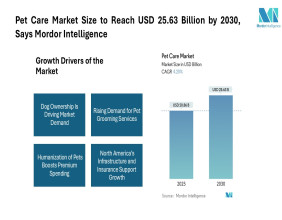Highlights:
The projected fair value for Hill & Smith is estimated at £19.32, indicating potential alignment with the current share price of £20.25.
Analyst price targets suggest a potential upside, with a target of £23.98, which is 24% above the fair value estimate.
A two-stage discounted cash flow (DCF) analysis reveals a total equity value of approximately £1.6 billion, suggesting that Hill & Smith is trading close to its intrinsic value.
Hill & Smith PLC (LSE:HILS) presents an intriguing analysis regarding its intrinsic value. Based on the latest financial data and a two-stage discounted cash flow (DCF) model, the estimated fair value is approximately £19.32. This indicates that the current share price of £20.25 suggests that Hill & Smith may be trading close to its intrinsic value. Analysts have a price target of £23.98, which implies a potential increase of 24% above the fair value estimate.
The DCF model used to determine the fair value incorporates two distinct growth stages. Initially, higher growth rates are anticipated, followed by a period of stable growth. The analysis estimates cash flows for the next ten years, employing available analyst forecasts and extrapolating previous free cash flow (FCF) data when necessary. Discounting future cash flows to their present value is essential, given the time value of money, with a discount rate of 7.5% based on the company's levered beta.
The ten-year FCF forecast projects steady growth over the period, culminating in a present value of around £652 million for the first stage. The second stage, known as Terminal Value, calculates the business's cash flow beyond the initial growth phase. A conservative growth rate of 1.9% was employed to reflect long-term expectations, leading to a Terminal Value of approximately £1.9 billion and a present value of around £899 million.
The total equity value derived from these calculations reaches approximately £1.6 billion, which, when divided by the number of outstanding shares, indicates that the share price is close to fair value. It is important to recognize that while the DCF model provides valuable insights, it relies heavily on key inputs, including the discount rate and cash flow estimates. Variations in these assumptions can significantly alter results.
Moving forward, stakeholders may wish to explore additional aspects of Hill & Smith, such as potential risks, management effectiveness, and alternative investment opportunities, to build a comprehensive understanding of the company's position in the market.





